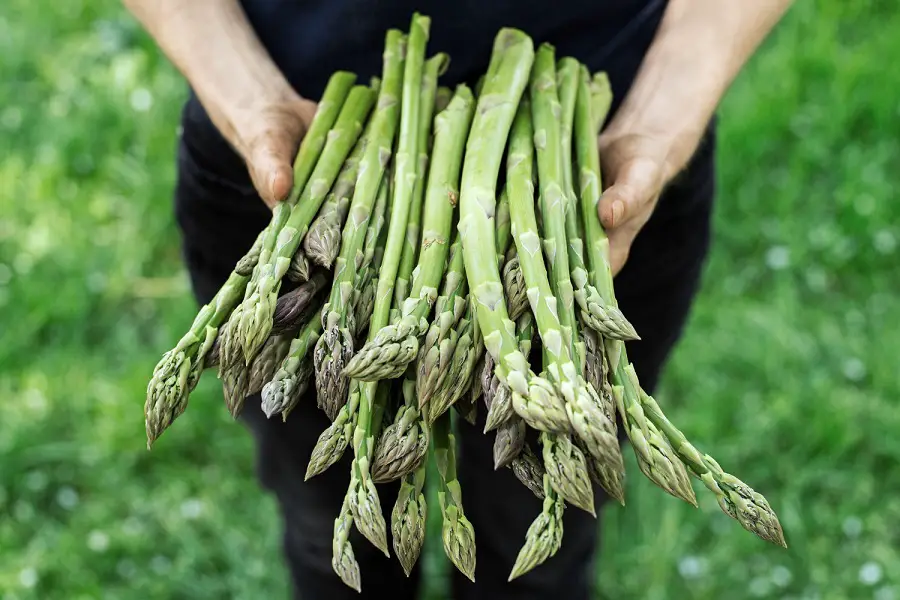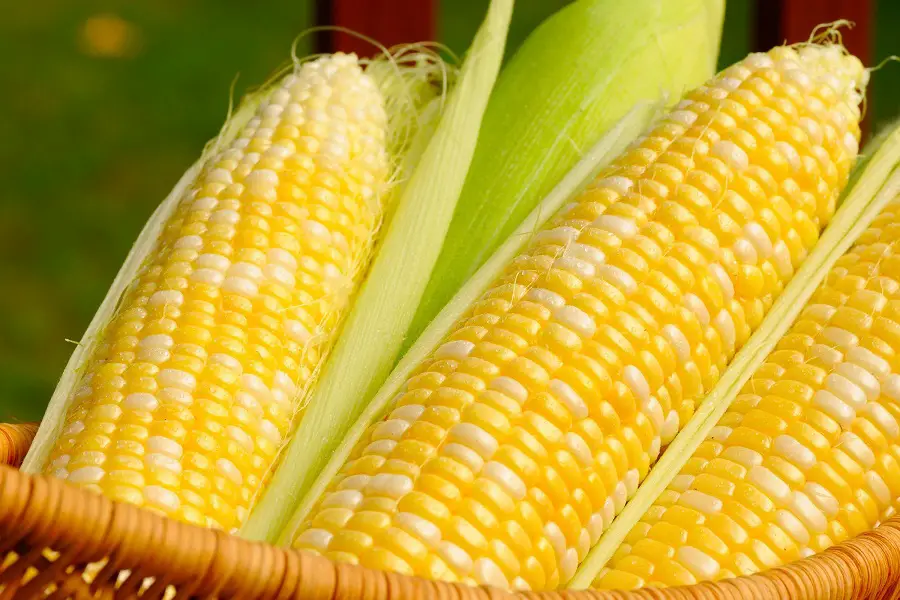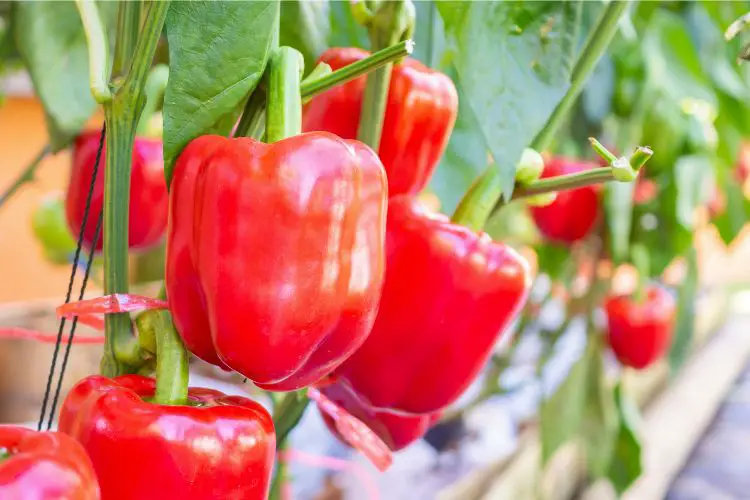Many people have discovered the joy of growing plants in hydroponics.
However, with every plant comes a unique challenge to ensure it’ll thrive. Such is the case with asparagus.
Growing asparagus plants in a hydroponic setup can be challenging but rewarding. What you have to prepare for in case you go on that road is to invest medium-size effort and prepare a suitable environment.
In the following article, you will discover more about growing asparagus in a hydroponic environment.
What you Need to Know About Asparagus
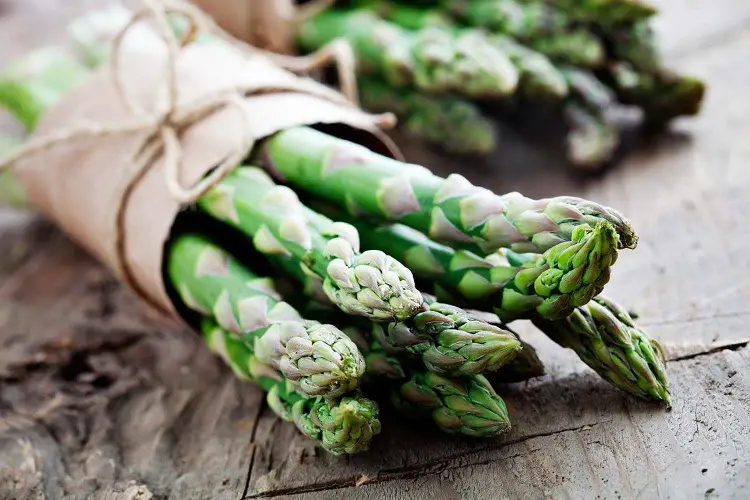
Asparagus is a popular vegetable that has been around for centuries. Its scientific name is Asparagus officinalis, a member of the lily family.
Three types of asparagus exist such as green, white, and purple asparagus. Green asparagus is the most common type and has a slightly bitter taste. White asparagus is less bitter than green and has a more delicate flavor. Purple asparagus is the least bitter of all and has a sweeter taste.
Asparagus is an excellent source of vitamins A, C, E, fiber, and folate. It can be eaten cooked or raw and is often used in salads, soups, and stir-fries.
Why Grow Hydroponic Asparagus?
Asparagus is a fast-growing crop that can be harvested in as little as six weeks, making it an ideal crop for beginners. Plus, asparagus is a highly versatile ingredient used in various dishes.
Asparagus typically thrives best in sandy loam soil conditions with a high pH. The ideal pH for asparagus is between 6.5-7.0. If your hydroponic garden can maintain these water conditions, you should have little to no trouble growing asparagus successfully.
In addition, asparagus is a plant that requires full sun to grow properly. So if you live in an area with limited sunlight, hydroponics may be the only way for you to grow asparagus.
How to Start Hydroponic Asparagus Production
To get started, you must purchase a hydroponic system and set it up according to the manufacturer’s instructions.
Once your system is up and running, you will need to fill it with an inert growing medium, such as perlite or vermiculite.
Once you’ve done that, you’re ready to plant your asparagus crowns in the medium and water them regularly. You should see new shoots emerging from the soil within a few weeks.
Harvesting can begin as soon as the spears are six inches tall. Be sure to leave some spears unharvested so the plant can continue producing new shoots throughout the season. With patience and care, you can enjoy fresh, homegrown asparagus all year long!
Propagating Asparagus by Seeds vs. Crowns
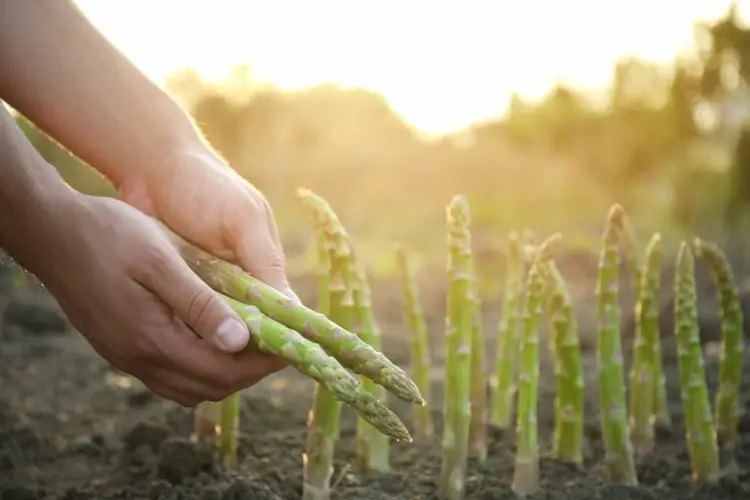
Young asparagus can be propagated by seeds or crowns. Seeds, however, are the more popular propagation method, as they are easier to obtain and plant.
On the other hand, crowns are more expensive and difficult to find. Nevertheless, crowns will produce a higher yield than seeds, so if you can find them, they are worth the investment.
Propagating from Seeds
When it comes to propagating asparagus, many people choose to do so through seeds. While this process is longer, it is often considered a safer option since there is less risk of introducing diseases or pests to the plants. Additionally, it allows for greater control over the growing environment.
Starting asparagus from seed can be time-consuming, taking up to one year for the seeds to germinate and several more months before they are ready to harvest. However, once asparagus reaches the crown stage, it will grow continuously for over a decade.
Crowns are the part of the asparagus plant that stores food and energy, so it is vital to keep them healthy if you want a productive asparagus bed. Water the crowns regularly, especially during hot weather, and feed them a balanced fertilizer every few weeks.
Asparagus seeds will germinate best in warm temperatures of 71-79 degrees Fahrenheit. Keep the soil moist during germination but not wet. Once the seeds have germinated and are 3-5 inches tall with some root growth, they can be transferred to hydroponic systems.
Make sure to expose them to temperatures of up to 75-86 degrees Fahrenheit so they will grow faster and produce a higher yield during the active growing stage.
Don’t forget to monitor the pH and nutrient levels in the system to stay in the correct range for your plants. Upon maturing, slowly introduce the crop to light.
Propagating by Crowns
Propagating asparagus by crowns will give you a quicker result than germinating seeds. However, you should keep in mind that the crown and root systems are both grown in the field/soil.
Hence, they may carry soil-borne diseases in your hydroponic garden. When planting crowns, you are essentially planting a mature plant that may come with disease risks.
The crowns should be planted in well-drained soil with a light mulch to keep the moisture. You can either plant the crowns directly in the ground or in containers.
Lastly, you can purchase asparagus crowns from any nursery store.
Best Hydroponic Setups
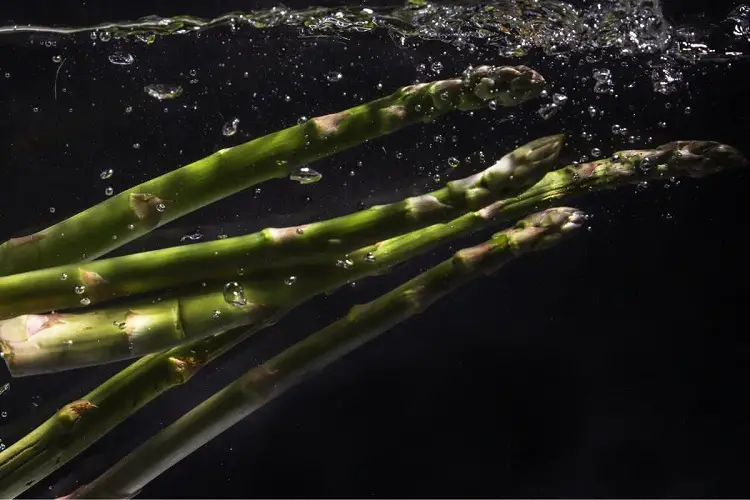
There are many ways to grow asparagus hydroponically. Each method yields different results.
So like any plant, it’s best to understand the dynamics of the crop in relation to its future potential size. Here are a few ways asparagus is grown in hydroponic systems:
Dutch Bucket System
The Dutch Bucket System is a hydroponic gardening system that uses two buckets, one for the plant and one for the nutrient solution.
A small pump circulates the solution between the two buckets, providing the plant with a constant supply of moisture and nutrients.
The Dutch Bucket System is advantageous for asparagus because it allows the roots to grow deep into the bucket, giving them access to a greater volume of nutrient solution. Additionally, the system minimizes evaporation and heat loss, which can be detrimental to asparagus growth.
While the Dutch Bucket System requires more initial investment than other hydroponic gardening methods, it is an ideal choice for those looking to produce a large quantity of high-quality asparagus.
Kratky System
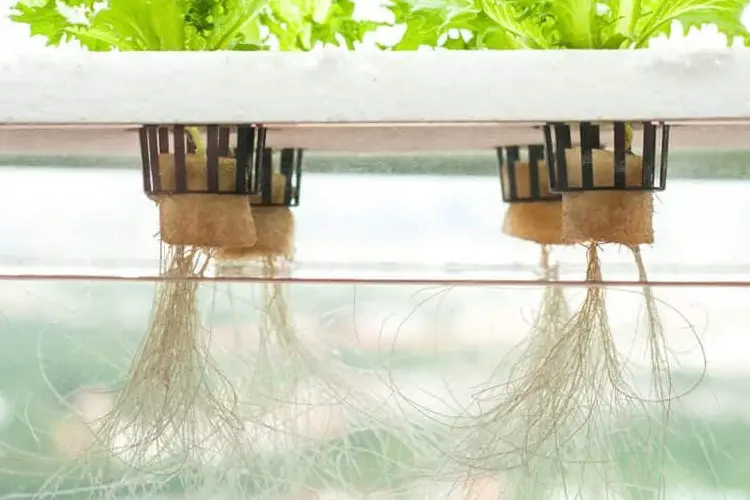
The Kratky System is a passive hydroponic gardening system consisting of a container filled with an inert growing medium, such as perlite or vermiculite.
The plant is placed in the container, and the roots are allowed to dangle into a reservoir of nutrient solution. A small pump circulates the solution between the reservoir and the growing chamber, providing the plant with a constant supply of moisture and nutrients.
The Kratky System is advantageous for asparagus because it requires no electricity to operate, making it an ideal choice for those who do not have access to a power source. In principle, the system is simple to set up and does not require periodic maintenance.
Nutrient Film Technique
This system consists of a long, shallow channel through which a nutrient-rich water solution flows. The roots of the plants are suspended in the air above the channel, and they come into contact with the flowing water.
This technique is ideal for asparagus because it provides the roots with plenty of oxygen, which is essential for proper root development. Additionally, the system minimizes evaporation and heat loss, which can be detrimental to asparagus growth.
Ebb and Flow System
The Ebb and Flow System is a type of hydroponic gardening that uses a timer to flood the roots of the plants with nutrient-rich water and then allow the water to drain back into the reservoir.
This system is ideal for asparagus because it gives the roots access to a large volume of nutrient solution, which is essential for proper plant growth. Additionally, the system minimizes evaporation and heat loss, both of which can be detrimental to asparagus growth.
Deep Water Culture
Deep water culture is believed to be the most effective form of hydroponic gardening for asparagus. This plant production method allows your plants’ roots to directly absorb oxygen from the water. This way, they grow quickly and are less susceptible to disease.
Deep water culture can help you achieve a bountiful harvest of delicious asparagus when used in conjunction with proper fertilization and pest control. In addition, deep water culture helps conserve water since there is no evaporation or runoff. As a result, it is an ideal irrigation method for home gardeners.
Nutrition for Hydroponic Asparagus
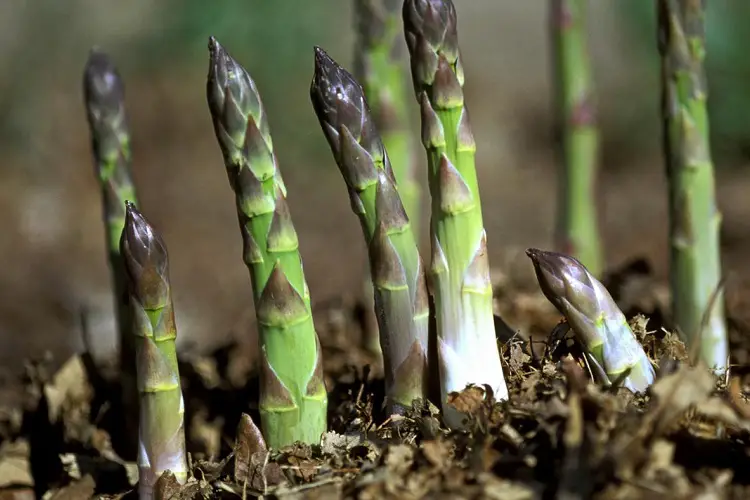
As with any other plant, asparagus requires a specific combination of nutrients to grow and produce properly.
Asparagus’s three most important nutrients are nitrogen, phosphorus, and potassium. These nutrients are often referred to as “NPK” for short. In general, asparagus plants require more nitrogen than phosphorus or potassium.
Asparagus plants need a well-balanced nutrient solution to thrive. Keep EC levels between 2.4 and 3.0 and pH levels between 6 and 6.8. Feed plants regularly and change the nutrient solution every few days to prevent problems.
A nutrient flush every seven to ten days can protect your plants from stress. Nitrogen is essential early on, but extra potassium and phosphorus are crucial later in the plant’s growth cycle.
Lighting Requirements for Asparagus
Asparagus requires a lot of light to grow properly. In fact, it is often recommended to grow asparagus plants under artificial lights, such as fluorescent tubes or metal halide lights.
If, however, you do not have access to artificial lights, you can still grow asparagus in an outdoor garden. Make sure it receives at least six hours of direct sunlight daily.
When growing asparagus indoors, you should expose the plants to 12 hours of light and 12 hours of darkness daily. For this purpose, you might wish to try utilizing LED lights instead.
When to Harvest Asparagus
Asparagus is a perennial plant, which means it can continue producing spears for many years.
However, the plant will only have spears during its first year of growth. After that, it will produce foliage for the remainder of its life. With that in mind, the best time to harvest asparagus is in the spring, when the weather is cooler and the plants are actively growing.
Typically, asparagus spears are ready to harvest about two months after they appear. To determine if the spears are ready to harvest, snap one off at ground level. If it breaks cleanly and is at least six inches long, it is ready to eat.
You can ideally begin harvesting asparagus in the second growing period, but for best results, wait until the third or fourth year. You can trim spears for no later than one month during the second season.
After that, you can gradually harvest your crop for up to eight or ten weeks each year. Thinner spears should be left on the plant to encourage growth. Remove spears by snapping them off at the desired length, usually five to eight inches.
Conclusion
Hydroponics is a great way to grow asparagus, as it allows the roots to access a large volume of nutrient solution. Additionally, the system minimizes evaporation and heat loss.
Keep in mind that you can’t leave it all to the hands of fate. Take care of your harvest by providing your plants with proper nutrients and lightning. Happy gardening!

